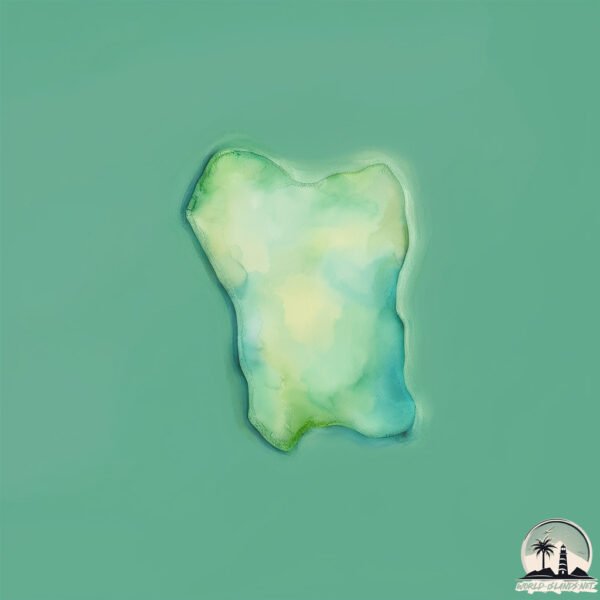Welcome to Woods Well Island , a Dry island in the Great Australian Bight, part of the majestic Indian Ocean. This guide offers a comprehensive overview of what makes Woods Well Island unique – from its geography and climate to its population, infrastructure, and beyond. Dive into the details:
Geography and size of Woods Well Island
Size: 0.288 km²Coastline: 2.8 kmOcean: Indian OceanSea: Great Australian BightContinent: Oceania
Woods Well Island is a Tiny Island spanning 0.288 km² with a coastline of 2.8 km.
Archipel: –
Tectonic Plate: Australia – A major tectonic plate covering Australia, New Zealand, and parts of the Indian and Pacific Oceans, known for its relative stability and occasional seismic activity.
The geographic heart of the island is pinpointed at these coordinates:
Climate and weather of Woods Well Island
Climate Zone: DryClimate Details: Cold Semi-Arid (Steppe) ClimateTemperature: Cold
Climate Characteristics: Characterized by hot summers and cold winters, this climate is typically found on the edges of continental zones. It receives sufficient precipitation to avoid desert conditions.
Topography and nature of Woods Well Island
Timezone: UTC+09:30Timezone places: Australia/AdelaideMax. Elevation: 0 m Mean Elevation: 0 mVegetation: WetlandTree Coverage: 98%
The mean elevation is 0 m. The highest elevation on the island reaches approximately 0 meters above sea level. The island is characterized by Plains: Flat, low-lying lands characterized by a maximum elevation of up to 200 meters. On islands, plains are typically coastal lowlands or central flat areas.
Dominating Vegetation: Wetland
Vegetation: 1 vegetation zones – Minimal Diversity Island
Infrastructure and Travelling to Woods Well Island
Does the island have a public airport? no .
Does the island have a major port? no .
The mean population of Woods Well Island is 0 per km². Woods Well Island is Uninhabited. The island belongs to Australia .
Continuing your journey, Mundoo is the next notable island, situated merely km away.
Выживаю на островах в Outpath EP 1
Вдохновлённая играми вроде Satisfactory, Minecraft, Forager и механиками кликеров/idle-игр, Outpath предлагает ...
Выживаю на островах в Outpath EP 1
Вдохновлённая играми вроде Satisfactory, Minecraft, Forager и ...
Вдохновлённая играми вроде Satisfactory, Minecraft, Forager и механиками кликеров/idle-игр, Outpath предлагает ...
Bamboo's Clean Water
bamboo #forest #shorts #shortsfeed If you ever get stuck in a jungle ...
bamboo #forest #shorts #shortsfeed If you ever get stuck in a jungle and run out of drinking water!! you can extract water from ...
Roblox BOOGA BOOGA Back Then VS Now...
#shorts #roblox #memes
discord: script 9594 ➜minecraft/roblox ign: MrScriptixx ➜twitch: ...
Australia is classified as Developed region: nonG7: Developed economies outside of the Group of Seven, characterized by high income and advanced economic structures. The level of income is High income: OECD.
News – Latest Updates and Headlines from Woods Well Island
Stay informed with the most recent news and important headlines from Woods Well Island. Here’s a roundup of the latest developments.
Loading...
Please note: The data used here has been primarily extracted from satellite readings. Deviations from exact values may occur, particularly regarding the height of elevations and population density. Land area and coastline measurements refer to average values at mean high tide.

